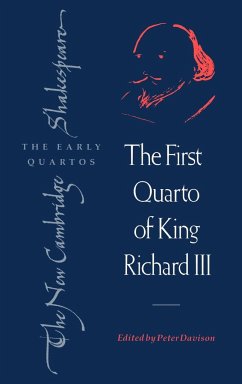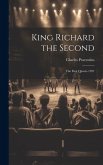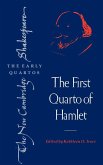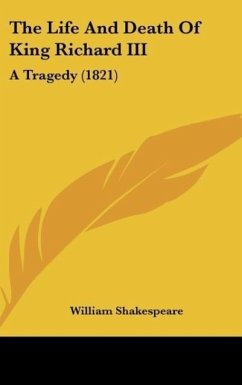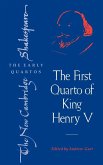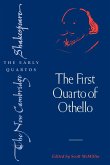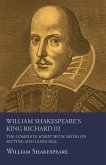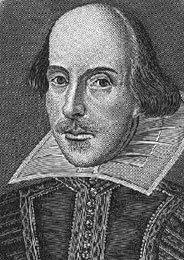Shakespeare's Richard III presents difficult textual problems. There are 2,000 verbal differences between the text of the first quarto (1597) and the version in the First Folio (1623). Although the narrative of the two plays is virtually identical, each has lines which are not found in the other, parts of the play are arranged differently, and the quarto deploys fewer characters. The text of the quarto is accompanied by a collation of variant readings and substantial textual notes. In a lengthy introduction Peter Davison proposes that Shakespeare's company, the Lord Chamberlain's Men, used a memorially reconstructed text of Richard III during a touring performance of the play, and that text provided the manuscript for the 1597 quarto. Using examples of touring practice of the past 400 years, Davison shows how the actors' involvement helped to produce the text we have. The result is a breakthrough in textual studies.
Table of contents:
Preface; Introduction; Characters in order of appearance; The play; Textual notes.
There are 2,000 verbal differences between the text of the first quarto of Shakespeare's Richard III (1597) and the version in the First Folio (1623). In this quarto edition the text is accompanied by a collation of variant readings and substantial textual notes. Peter Davison argues that Shakespeare's company, the Lord Chamberlain's Men, used a memorially reconstructed text of Richard III during a touring performance of the play, and that text provided the manuscript for the 1597 quarto. The result is a breakthrough in textual studies.
In this ground-breaking quarto edition the text is accompanied by a collation of variant readings and substantial textual notes.
Table of contents:
Preface; Introduction; Characters in order of appearance; The play; Textual notes.
There are 2,000 verbal differences between the text of the first quarto of Shakespeare's Richard III (1597) and the version in the First Folio (1623). In this quarto edition the text is accompanied by a collation of variant readings and substantial textual notes. Peter Davison argues that Shakespeare's company, the Lord Chamberlain's Men, used a memorially reconstructed text of Richard III during a touring performance of the play, and that text provided the manuscript for the 1597 quarto. The result is a breakthrough in textual studies.
In this ground-breaking quarto edition the text is accompanied by a collation of variant readings and substantial textual notes.

